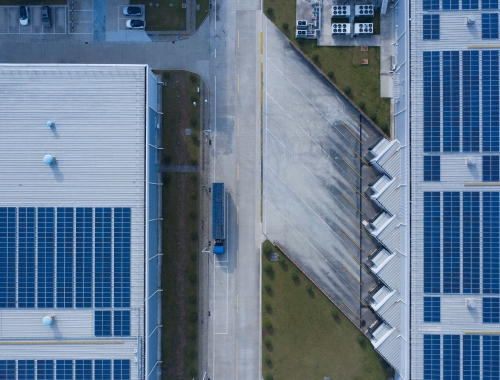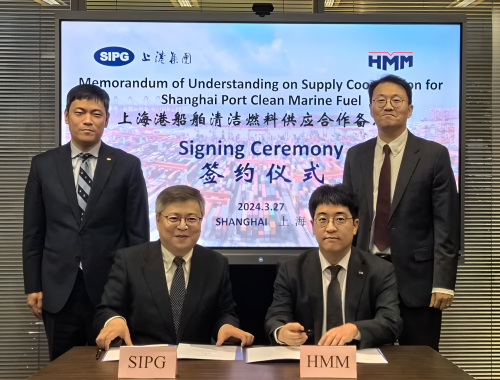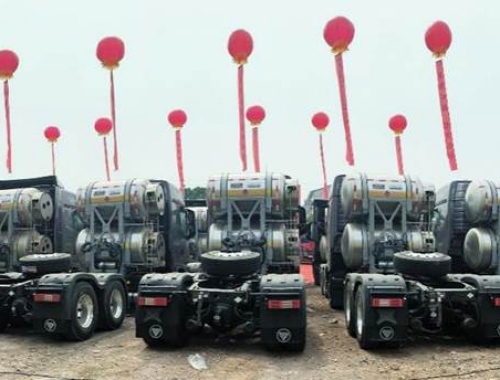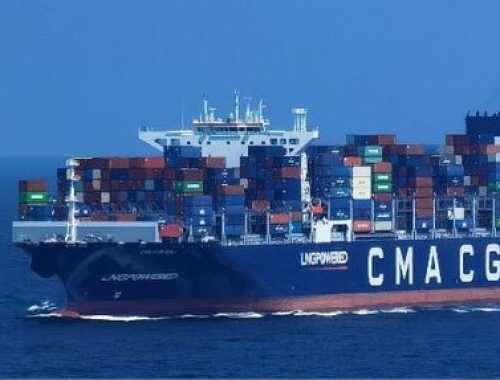Sinopec brings China's largest CCUS project on stream
SUMMARY
The project will handle CO2 that results from hydrogen production at a nearby refinery.
By Joseph MurphyPOSTED IN:
China's national oil company Sinopec has brought on stream the country's biggest carbon capture utilisation and storage (CCUS) facility, it announced on August 29, and intends to develop two more of similar scale by the middle of the decade.
Sinopec has taken a leadership role in China's development of CCUS, as the country works towards its target of reaching peak emissions by 2030. The new project will capture CO2 emitted from hydrogen production at Sinopec's Qilu refinery in the eastern province of Shandong. It will then inject it into 73 oil wells at the nearby Shengli oilfield.
Some 10.68mn metric tons of CO2 could be stored in the oilfield over the next 15 years, and this in turn will help boost oil recovery, Sinopec said. The CO2 is currently brought to the field by truck, but a pipeline to handle it is due to be completed by the end of the year.
"While China's CCUS remains at an experimental stage, it's on a par with the levels of global peers, although lagging in some key technological know-how," Sinopec said.
Sinopec, which captured and stored over 1.5mn mt of CO2 last year, intends to set up a research and development centre for CCUS by 2025, as well as develop two more pilot projects at the Huadong and Jiangsu oilfields.







